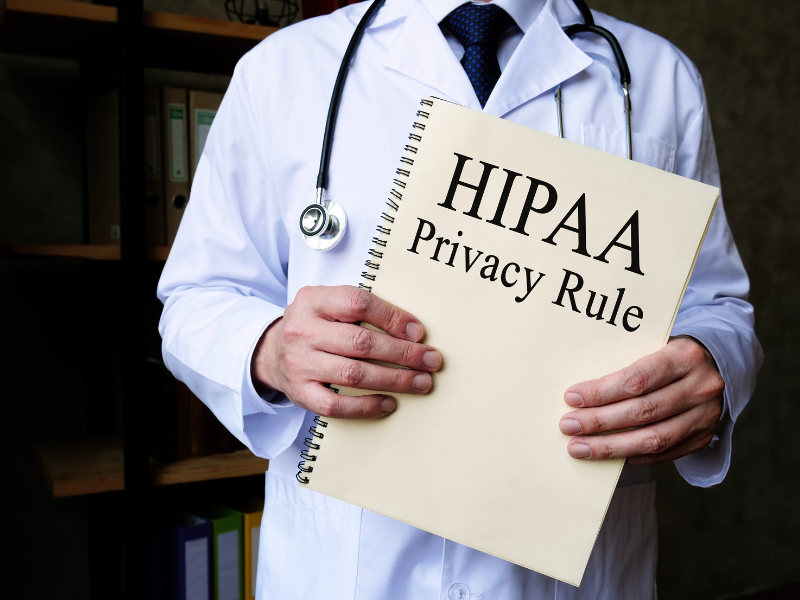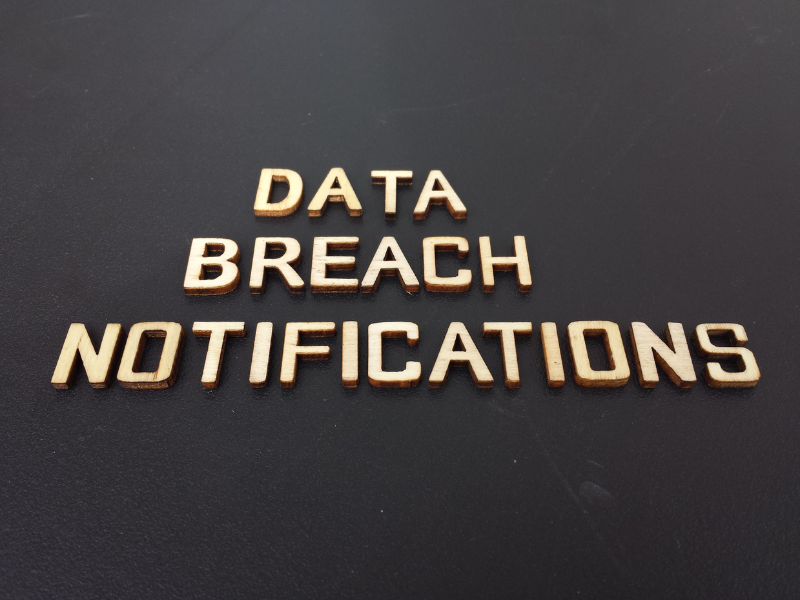HIPAA (Health Insurance Portability and Accountability Act) is a critical federal law that aims to protect and maintain the integrity of patient health information. Healthcare providers must comprehensively understand the five core rules of HIPAA to ensure compliance, avoid stiff penalties, and safeguard sensitive patient data.
This article will explore the essential rules of HIPAA and its significance in the healthcare industry. You will also find real-world case examples from the Department of Health and Human Services (HHS) and news outlets highlighting the importance of HIPAA compliance.
5 Core Rules of HIPAA

1. The Privacy Rule: Protecting the Privacy of Individuals’ Health Information
The Privacy Rule sets the standards for safeguarding the use and disclosure of protected health information (PHI). It grants individuals the right to access their health records and request corrections. Healthcare providers must ensure that only authorized personnel can access a client’s PHI and that they share it only for treatment, payment, or healthcare operations. Anyone who wants to use or disclose PHI for any other uses must obtain proper consent.
In a case example, a private practice denied an individual access to his records. According to the private practice, the portion of the document was created by a physician not associated with them. While amendment provisions of the Privacy Rule state that a covered entity may deny an individual’s request for amendment, it also states that patients have the right to access their records regardless of the source. Consequently, the practice was required to revise its access policy and procedures to affirm that patients can access their documents anytime, irrespective of who created the information.
2. The Security Rule: Safeguarding Electronic Protected Health Information (ePHI)
The Security Rule complements the Privacy Rule by establishing standards for the protection of electronic protected health information (ePHI). It mandates covered entities to abide by the guidelines set to protect the confidentiality, integrity, and availability of ePHI. It also requires covered entities to lay out administrative, physical, and technical safeguards.
Let’s explore another case example that emphasizes the importance of this rule. A doctor’s office was supposed to fax a patient’s medical records, including their HIV status, to the patient’s new healthcare provider. However, it accidentally sent the PHI to the patient’s workplace. To correct the mistake, the Office for Civil Rights under the HHS required the office to revise its faxing procedures and emphasize the confidentiality of the communication for the intended recipient. Training on faxing procedures was provided to all employees to ensure proper handling of PHI and to prevent similar incidents.

3. The Breach Notification Rule: Reporting and Responding to HIPAA Breaches
The Breach Notification Rule, one of the primary rules of HIPAA, outlines the requirements for covered entities and their business associates to report and respond to breaches of unsecured PHI. It emphasizes the importance of prompt reporting and appropriate actions to mitigate harm.
According to the HHS, covered entities must presume a breach when PHI is impermissibly used and disclosed. They should also notify their patients, the media, and the HHS secretary unless they can prove there’s a “low probability” that the PHI has been compromised. Business associates must notify the covered entity without delay once they discover the breach.
Let’s examine the case of Blackbaud and Trinity Health. Trinity Health contracted the services of the software company Blackbaud to protect its data. However, Blackbaud’s systems experienced a ransomware attack, exposing the private information of Trinity Health’s clients. Blackbaud, as a business associate, informed Trinity Health of the breach. On its part, Trinity Health had to notify the affected individuals and issued a press release as per the Breach Notification Rule.
4. The Omnibus Rule: Strengthening HIPAA Compliance and Enforcement
The Omnibus Rule, introduced in 2013, made significant amendments to address the deficiencies of HIPAA because of the digitization of healthcare information. Here’s how the Rule addresses the gaps in HIPAA:
- It expands patients’ control over and access to their ePHI
- It broadens the definition of business associates to include any entity (including subcontractors) that creates, receives, maintains, or transmits PHI as part of its services.
- It imposes stricter restrictions on using PHI for marketing purposes
- It introduces streamlined processes for disclosing immunization records to schools, making the process less cumbersome.
- It simplifies research consent requirements.
- It includes genetic information in the definition of PHI
- It requires covered entities to treat improper PHI disclosures as breaches unless specific security safeguards have been met.
- It clarifies the penalties for HIPAA violations and considers factors such as the number of affected individuals, duration of noncompliance, and the severity of culpability. It also increased penalties to a $1.5 million cap per identical violation type per year.
Let’s look at the case reported in Thomson Reuters. A pharmacy benefits manager (PBM), CVS Pharmacy, filed a lawsuit against the mail service Press America, Inc. for a HIPAA breach. The mail service misaddressed mail and improperly disclosed the PHI of 41 individuals. As a business associate subcontractor, Press America was responsible for complying with HIPAA rules. The court denied Press America’s motion to dismiss the case after CVS sought indemnification. This case highlights the expanded obligations of business associates and subcontractors under the Omnibus Rule.

5. The Enforcement Rule: Ensuring Compliance and Penalties for HIPAA Violations
The Enforcement Rule, one of the essential rules of HIPAA, requires HIPAA violators to pay civil financial penalties. Moreover, it establishes the proper procedures for investigations and hearings when a breach occurs. When a covered entity is found to violate HIPAA rules, the HHS requires changes and corrective action to strengthen the privacy and security of PHI. The case studies enumerated here show the Enforcement Rule in action. The HHS can take steps when complaints are lodged on PHI misuses, such as when there’s an unauthorized disclosure, lack of privacy protection, inaccessible PHI, and neglectful handling of ePHI.
As such, understanding the rules of HIPAA is vital for healthcare providers and individuals to protect the confidentiality of health information. Through real-world case studies, we have seen the practical application of these rules and the importance of safeguarding patient data to maintain trust and privacy.







